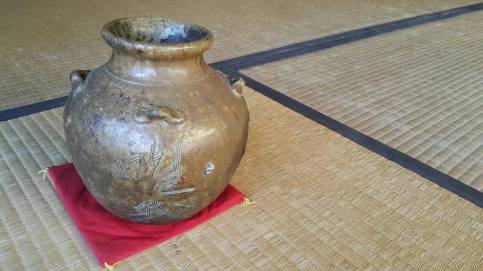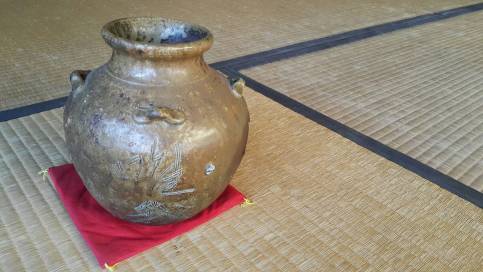Sonkei: Respectus
From Shiro Kuma's Blog by kumablog
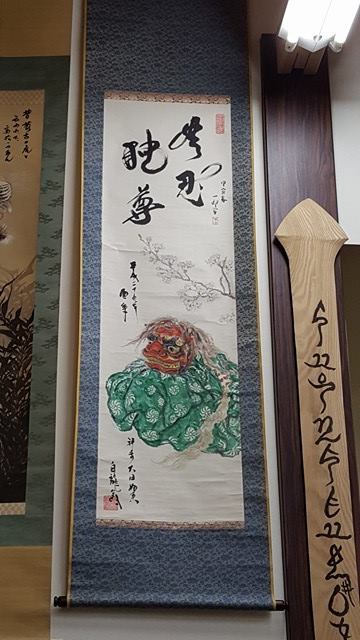
Kannin Dokuson, the new theme for 2017 is only about “respect”.
After Sensei’s explanation, I see it as a Sanshin:
- Mutual respect
- Respect the enemy
- Respect yourself
Each movement should include those three aspects. But what does “Respect” really mean?
Everyone uses the word, but how many are aware of its complex meanings and implications? The infinitive “Respicere” gives “Respectus” in Latin, it is used a lot, and convey many interesting conceptual schemes that we are going to review.
Respect comes from Latin. When I was studying Latin more than thirty years ago (sic), the word was used a lot. Respect is one of the first 1000 words used the most. It derives from the infinitive “Respicere” and gives “Respectus”.
The word conveys some interesting conceptual schemes that shed light on its depth. “Respectus” means “to care for”, “to provide for”, “to consider”, “to gaze at”.
The actual meaning of Respectus is “to look back at”, this is the original sense and “Respect” in modern language, is the noun deriving from the verb. (1)
I understand it as “assuming” or “holding the position”. Therefore, it allows you to “look back at” your actions, and to learn. That is the self-respect taught by sensei. And this is the original sense.
Now, if you pay attention to the five meanings above, “Respectus” is a verb and not a noun. And “Respect” in modern language, is the noun deriving from the verb. This noun for me has two main interpretations: esteem and deference. Both convey this idea of mutual respect, and of respecting the enemy. (2)
The Japanese use the noun “Sonkei” (3) and my favourite interpretation is “exalted respect”. Exalted gives the same understanding of superiority, esteem, and deference. Both the Japanese and the Latin languages understand the noun as Omote -the enemy, and Ura -myself. When Omote and Ura are one, then “mutual respect” -inyō, is achieved.
As a practitioner, respect your training and respect your partner, this is for your mutual benefit. This way, your practice will bring you more. Remember training Budō is training for your Life. Persevere, and you will succeed.
Kannin Dokuson (4)
reminder: Kan (貴) and Son (尊) have the exact same meaning
__________________
- The modern meaning of Respect dates back from the 16th century.
Re = back + specere = look at. Example “spectacles.” - The dictionary gives the following:
respect = noun
2.1. a feeling of deep admiration for someone or something elicited by their abilities, qualities, or achievements. “the director had a lot of respect for Douglas as an actor.”synonyms: esteem, regard, high regard, high opinion, acclaim, admiration, approbation, approval, appreciation, estimation, favour, popularity, recognition, veneration, awe, reverence, deference, honour, praise, homage. “the respect due to a great artist.”
2.2. due regard for the feelings, wishes, or rights of others. “young people’s lack of respect for their parents.”
synonyms: due regard, consideration, thoughtfulness, attentiveness, politeness, courtesy, civility, deference. “he speaks to the old lady with respect.”
- 尊敬 Sonkei, this is the “son-” of Kannin Dokuson, theme 2017; revered, valuable, precious, noble, exalted. “-kei” awe, respect, honour, revere
- 貫忍 独尊
貫KAN, 一貫/ikkan/consistency; coherence; integration|one kan (approx. 3.75 kg, 8.3 lb)|one piece of sushi. 貫/kan/pieces of sushi
忍 NIN, 忍/nin/endurance; forbearance; patience; self-restraint
独DOKU, 独り/history/one person|alone; solitary
尊SON, 尊ぶ/tattobu/to value; to prize; to esteem; to respect or 貴ぶ/tattobu/to value; to prize; to esteem; to respect
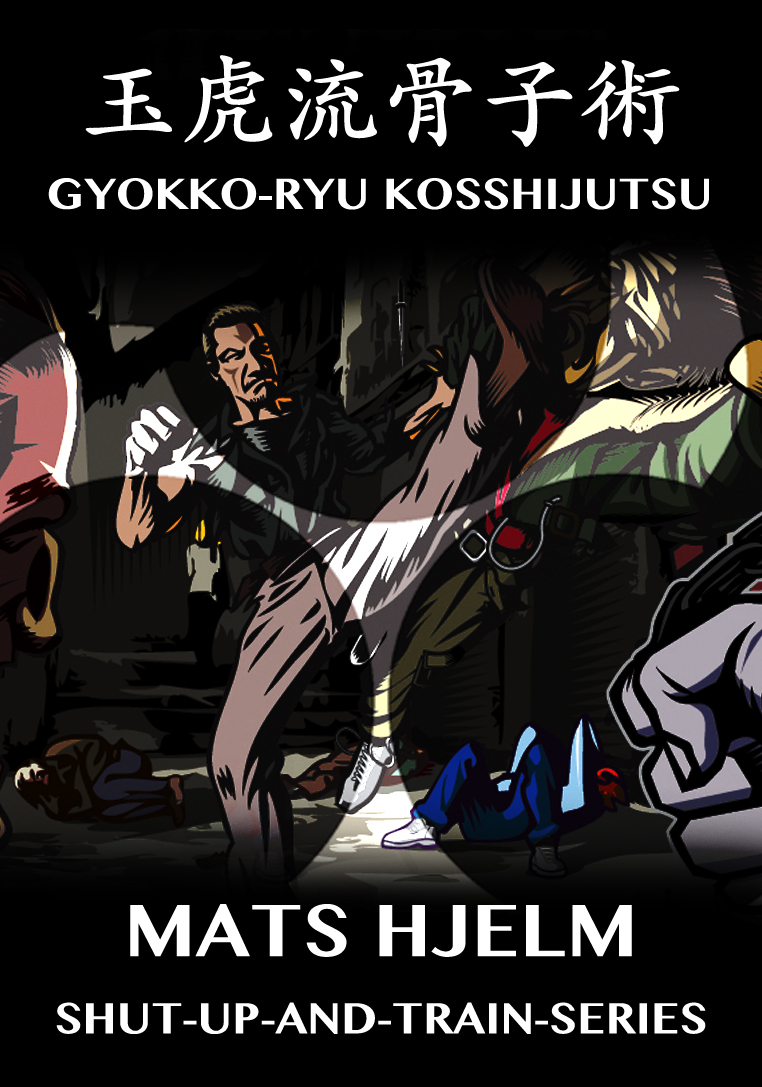

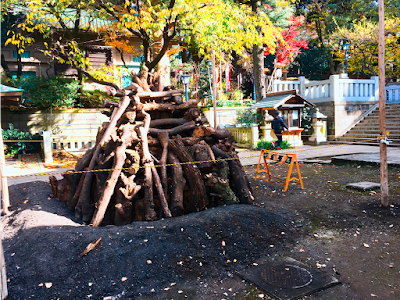
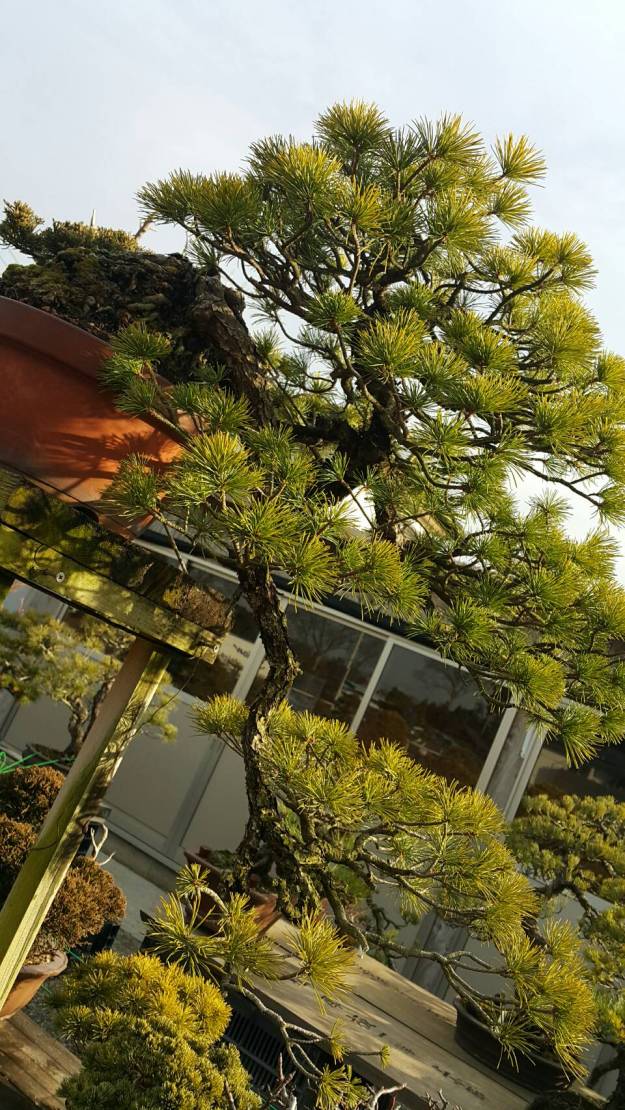 Over the last twenty three years here in Japan, I often have the pleasure and honor to translate for my teacher Masaaki Hatsumi Soke. Often a student has a question that he would like to ask. It is a always a delight to be able to help facilitate communication between teacher and student. So many questions and so many unexpected answers! One episode comes to mind.
Over the last twenty three years here in Japan, I often have the pleasure and honor to translate for my teacher Masaaki Hatsumi Soke. Often a student has a question that he would like to ask. It is a always a delight to be able to help facilitate communication between teacher and student. So many questions and so many unexpected answers! One episode comes to mind. Each branch wrapped in wire and forced to take a seemingly natural posture or kamae. And how unnatural it really is. We, too, as humans, each being wrapped in the culture, politics, education, religions and beliefs of those around us and society. Some people wrapped as capitalists, some marxists, some Christians, some Muslim. But all are being bound by the conditioning of the environment and society. Then what you think are your own thoughts can betray you. In a tragic conclusion, we often we take a kamae or stance for or against another wrapped up in a different shape. Both unaware of the wires that trap them in this position.
Each branch wrapped in wire and forced to take a seemingly natural posture or kamae. And how unnatural it really is. We, too, as humans, each being wrapped in the culture, politics, education, religions and beliefs of those around us and society. Some people wrapped as capitalists, some marxists, some Christians, some Muslim. But all are being bound by the conditioning of the environment and society. Then what you think are your own thoughts can betray you. In a tragic conclusion, we often we take a kamae or stance for or against another wrapped up in a different shape. Both unaware of the wires that trap them in this position.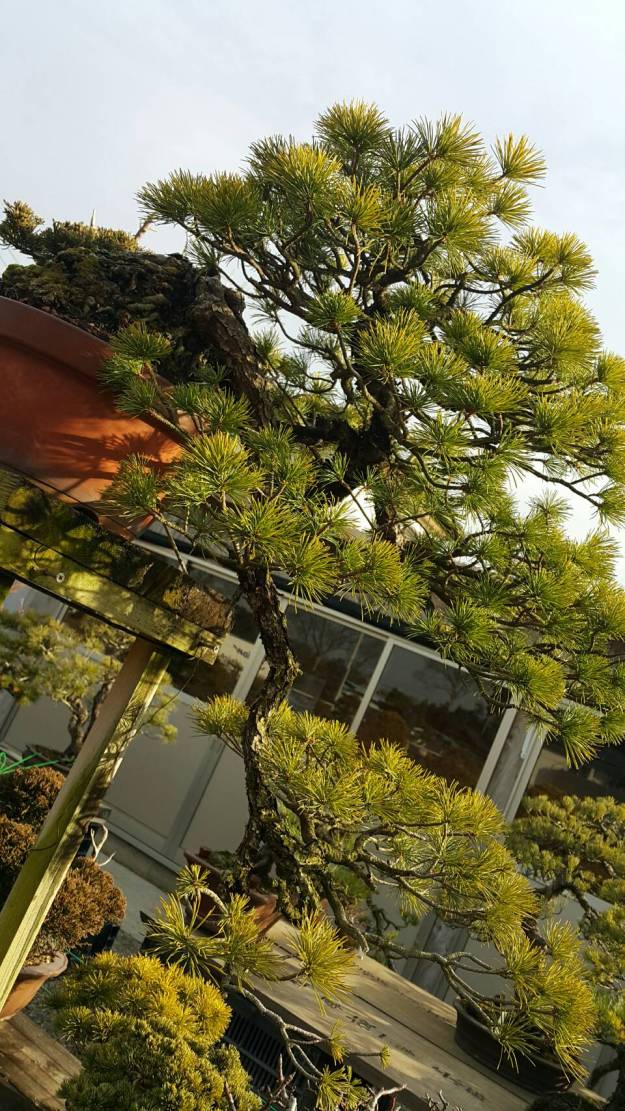 Over the last twenty three years here in Japan, I often have the pleasure and honor to translate for my teacher Masaaki Hatsumi Soke. Often a student has a question that he would like to ask. It is a always a delight to be able to help facilitate communication between teacher and student. So many questions and so many unexpected answers! One episode comes to mind.
Over the last twenty three years here in Japan, I often have the pleasure and honor to translate for my teacher Masaaki Hatsumi Soke. Often a student has a question that he would like to ask. It is a always a delight to be able to help facilitate communication between teacher and student. So many questions and so many unexpected answers! One episode comes to mind.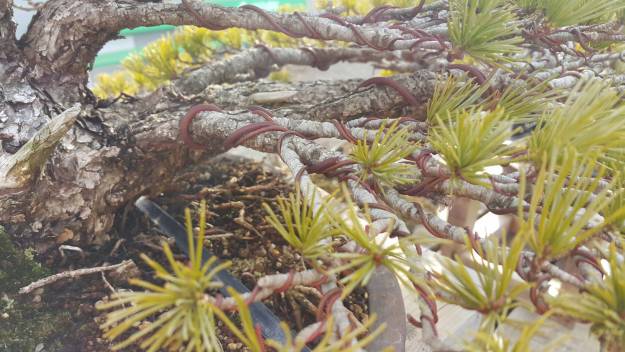 Each branch wrapped in wire and forced to take a seemingly natural posture or kamae. And how unnatural it really is. We, too, as humans, each being wrapped in the culture, politics, education, religions and beliefs of those around us and society. Some people wrapped as capitalists, some marxists, some Christians, some Muslim. But all are being bound by the conditioning of the environment and society. Then what you think are your own thoughts can betray you. In a tragic conclusion, we often we take a kamae or stance for or against another wrapped up in a different shape. Both unaware of the wires that trap them in this position.
Each branch wrapped in wire and forced to take a seemingly natural posture or kamae. And how unnatural it really is. We, too, as humans, each being wrapped in the culture, politics, education, religions and beliefs of those around us and society. Some people wrapped as capitalists, some marxists, some Christians, some Muslim. But all are being bound by the conditioning of the environment and society. Then what you think are your own thoughts can betray you. In a tragic conclusion, we often we take a kamae or stance for or against another wrapped up in a different shape. Both unaware of the wires that trap them in this position.